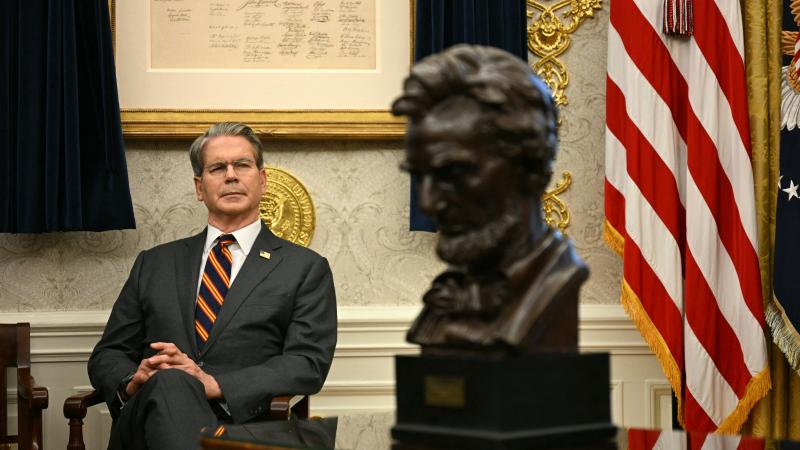Biden's new student loan plan could cost as much as $559 billion, Penn Wharton predicts
The medium prediction stands at $475 billion.
President Joe Biden's income-driven student loan repayment program will cost up to $559 billion over 10 years, according to an analysis from the University of Pennsylvania's Penn Wharton Budget Model.
The Education Department announced the final regulations for the "SAVE" plan last week after the Supreme Court invalidated Biden's student loan forgiveness plan.
Wharton's $559 billion figure is its upper estimate and reflects a scenario in which future students max out the amount of available federal direct loans. The minimum prediction is that it will cost $391 billion if students do not heavily increase borrowing.
The medium prediction stands at $475 billion.
Penn Wharton's estimate, released Monday, finds that nearly $200 billion of the SAVE program's medium estimated cost is the result of $1.64 trillion in currently outstanding loans, more than half of which is expected to move to SAVE after the program is launched in July 2024.
The remainder of the estimated cost, about $275 billion, will come from reduced payments for about $1.03 trillion in new loans that Wharton expects to be extended over the next 10 years.
Under the SAVE plan, undergraduate and graduate loan borrowers will pay an average of 5% and 10% of their income based on the original loan balances, according to the Education Department. The plan would also forgive borrowers after a maximum of 20 or 25 years.
Wharton's estimated costs associated with the SAVE program is still significantly less than its prediction of the cost of Biden's student loan forgiveness plan, which the budget model said could have been more than $1 trillion.
Madeleine Hubbard is an international correspondent for Just the News. Follow her on Twitter or Instagram.














